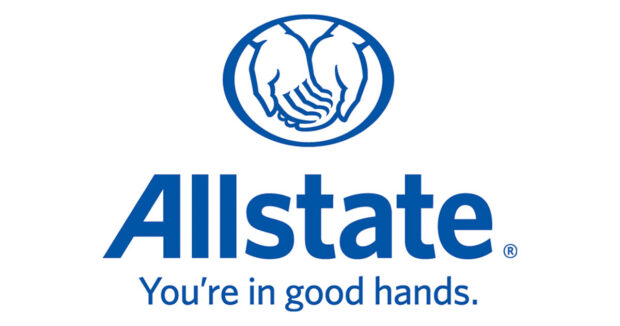As it had warned last month, Allstate Corp. reported a fourth-quarter 2022 loss of $310 million as losses from auto insurance outpaced an increase in revenue.
Results were in comparison to net income of $790 million for Q4 2021. Throughout 2022, Allstate increased rates on auto insurance to keep pace with fast-climbing loss costs in the segment. However, Allstate recorded a total Q4 underwriting loss of just over $1 billion, and an underwriting loss of nearly $3 billion for all of 2022, as the auto line finished with an unprofitable Q4 combined ratio of 112.6 on higher claim severity and accident frequency compared to Q4 2021 as well as an increase in prior-year claims reserves.
Auto insurance saw a Q4 underwriting loss of $974 million and a loss of more than $3 billion for the year.
“While revenues increased to $13.6 billion, due to 9.5 percent growth in property-liability premiums, higher auto insurance prices were not sufficient to overcome increased loss costs and reserve increases,” said CEO Tom Wilson, in a statement. “The comprehensive plan to return auto insurance margins to target levels continues to be implemented in 2023 and is expected to further increase average premiums, reduce expenses and lower policy growth.”
Prior-year reserves were strengthened $282 million in Q4 2022, including about $180 million primarily related to personal auto and about $100 million related to commercial auto insurance from shared economy and states that are being exited, Allstate said.
Premiums written during Q4 were $11.5 billion, an increase of 11.4 percent compared to the prior-year quarter, as premiums written in auto insurance went up 13.3 percent in Q4. Allstate brands implemented auto rate increases in 38 locations in Q4 at an average of 11.2 percent.
Catastrophe losses in Q4 were $779 million — 47.5 percent more than Q4 2021 — driven by losses from Winter Storm Elliot. The storm was the primary driver of a 5.5-point increase in the Q4 combined ratio for the homeowners segment to 92.6.
Net written premium in homeowners increased 10 percent compared to the prior-year quarter due to inflation in insured home replacement costs and implemented rate increases.





















 Insured Losses From Los Angeles Wildfires Rising: $8B to $20B
Insured Losses From Los Angeles Wildfires Rising: $8B to $20B  Reporter’s Notebook: ‘Nobody Else Does Telematics,’ Lemonade Exec Says
Reporter’s Notebook: ‘Nobody Else Does Telematics,’ Lemonade Exec Says  Reinsurers in Growth Mode Brought Capacity, Flexibility to 1/1 Renewals
Reinsurers in Growth Mode Brought Capacity, Flexibility to 1/1 Renewals  2025 Underwriting Profit and ‘Shop-a-Palooza’ Predicted for Auto Insurance
2025 Underwriting Profit and ‘Shop-a-Palooza’ Predicted for Auto Insurance 